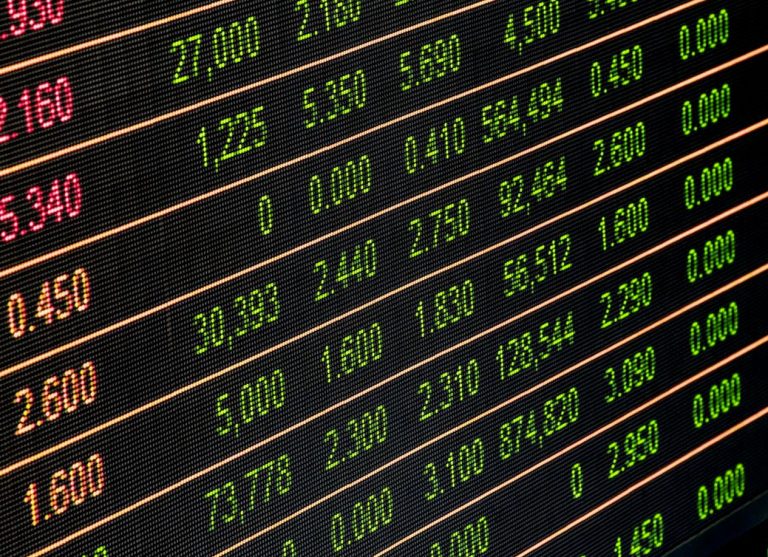
Daily Brief – Now that’s what I call Tariffs
Now that’s what I call Tariffs
The title of this briefing is an homage to that (n)ever-popular publication of CDs (formerly vinyl) that seemed to be everywhere when I was growing up. Containing the ‘best’ hits of a particular year, you never seemed to be far from a ‘now that’s what I call’ CD (or a Woolworths)..! Why that’s an appropriate title and its link to last night’s tariff episode is thus: in the modern day, both seem a total anachronism. They stick out like a sore thumb against the modern world. An initial assessment of the tariffs estimates that last night’s announcements cast the US tariff system back to levels not seen since the 1930s and before that the turn of the 20th century.
Trump fulfilled his election promise of a base line of tariffs of 10% universally. POTUS did eventually also introduce country specific tariffs for those nations he felt held the most punitive trading terms with respect to the US. Those notably include China (34%) and Europe (20%). On average, marginal US imports will now face an import tariff of approximately 20-25% on a trade weighted basis. Canada and Mexico, the target of earlier rounds of tariffing, were spared any further punishment yesterday. The EU, which had promised to respond promptly if not immediately to any excessive tariffs levied against it, has postponed any retaliatory measures until mid-April.
The market reaction was ugly. The net impact on the US Dollar was significant weakness despite commodity, emerging market FX and the Euro facing their own selling pressures. There’s no doubt that yesterday’s announcement has proved in hindsight, and was expected by many with foresight, to be the risk event so far of 2025. The Yen was the main benefactor of that rotation away from risk with CHF picking up some residual demand today. In a vacuum, last night’s decision should be USD positive, however, US growth and inflation fears are in focus in the absence of any fresh measures to support the US economy.
Discussion and Analysis by Charles Porter

Related Insights

Daily Brief – Suspended animation
Suspended animation Earlier this week, headlines seemed to hold all the makings of a bout of fresh volatility. So far, that volatility has failed to materialise, despite continued fundamental pressures largely political in nature. We have highlighted how a political vacuum in France is likely to raise perceived regional risk within one of Europe’s foremost […]

Daily Brief – Mixed signals
Mixed signals It was not long ago that many investment banks were warning clients of the risk of a slowdown in US equities. Having performed exceptionally well in the aftermath of the pause to Trump’s liberation day tariffs, many market participants warned of the inability of equity values to continue to enable price gains. Volatility […]

Daily Brief – Powell’s pivot?
Powell’s pivot? With US stock indices hitting record highs on Friday, it is perhaps unsurprising that the market took a breather during the UK bank holiday yesterday. Light trading volumes during European hours, particularly within FX, created a steady start to the trading week. However, it was the turn of US equities to deliver some […]

